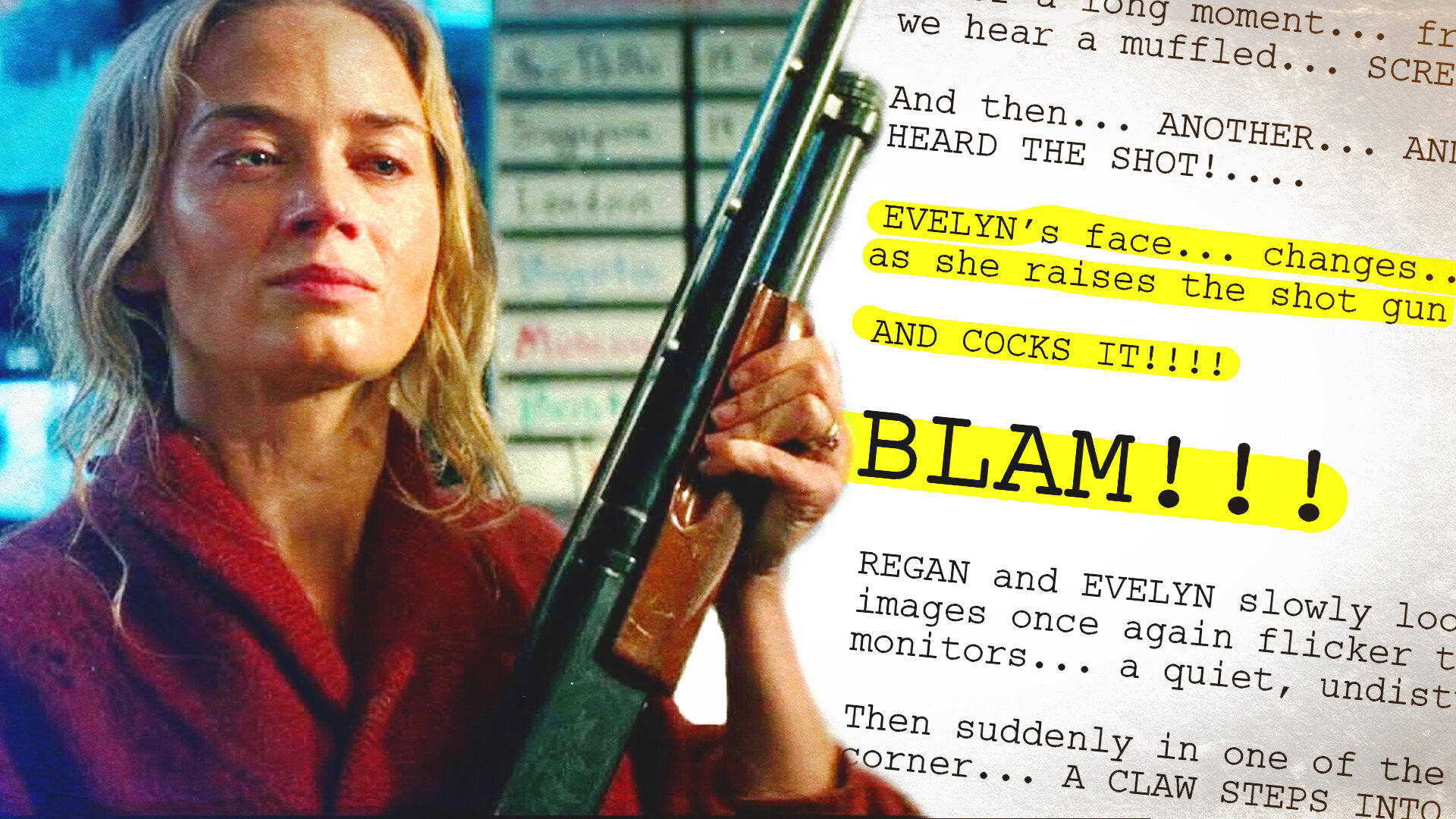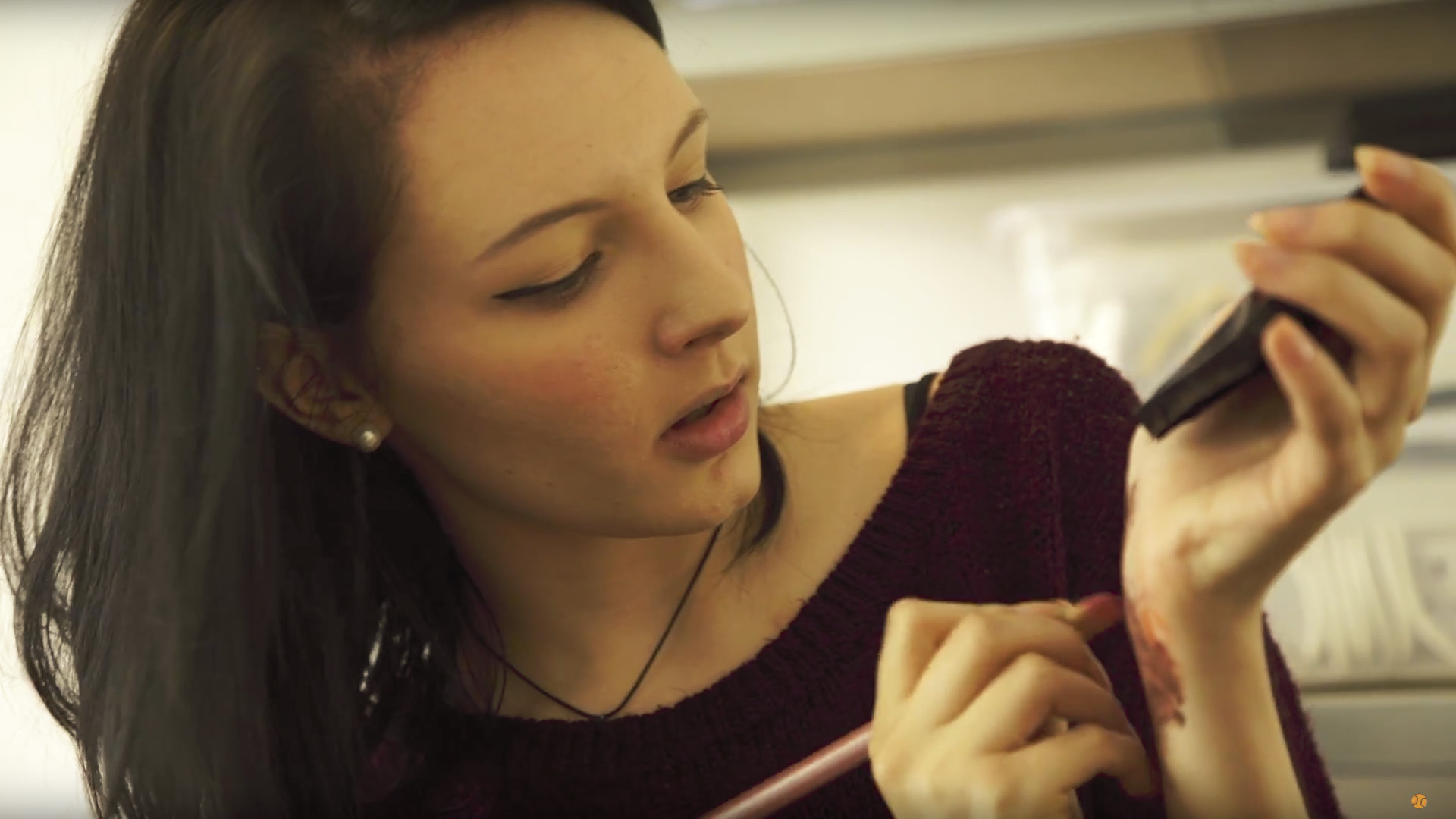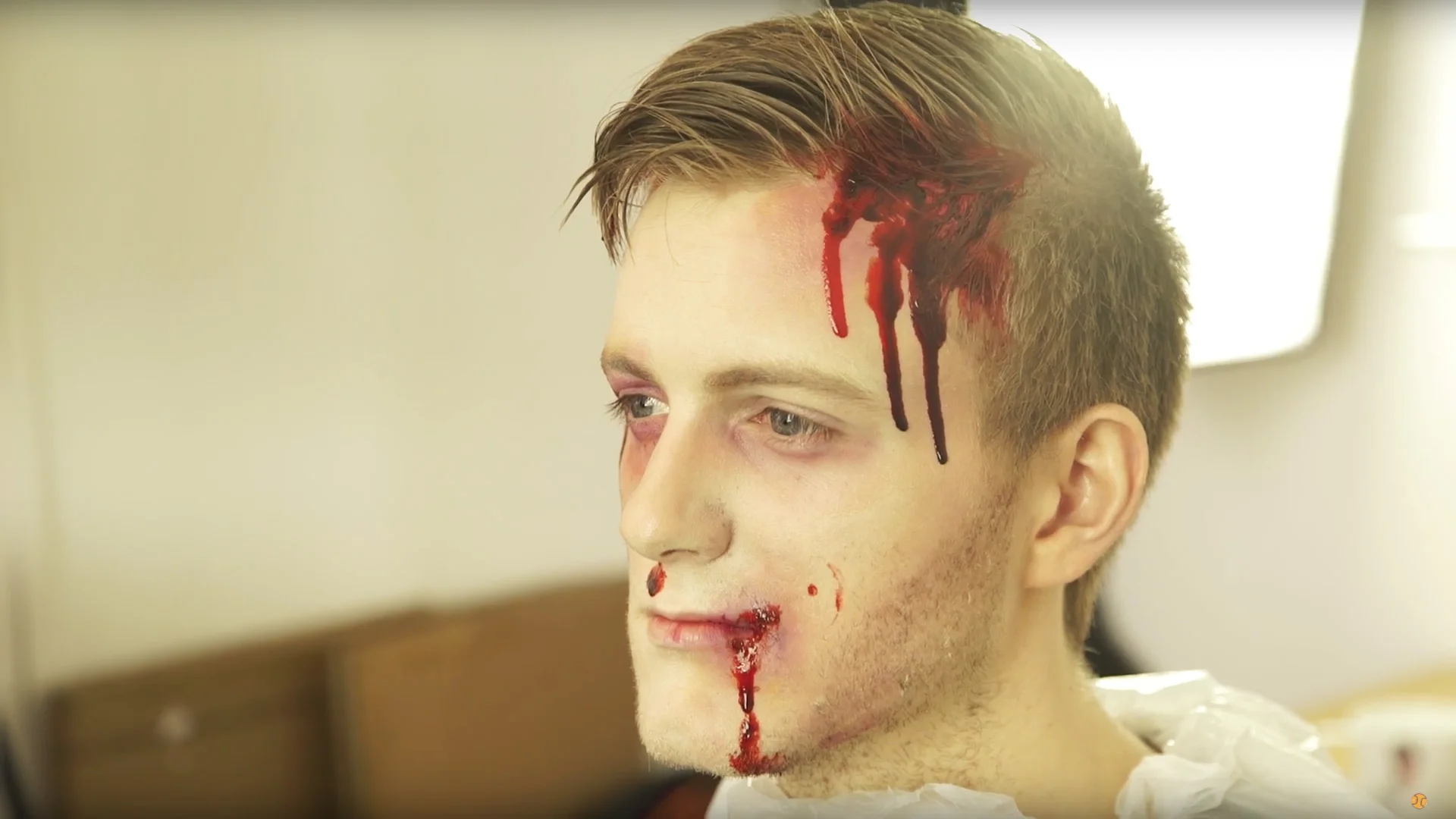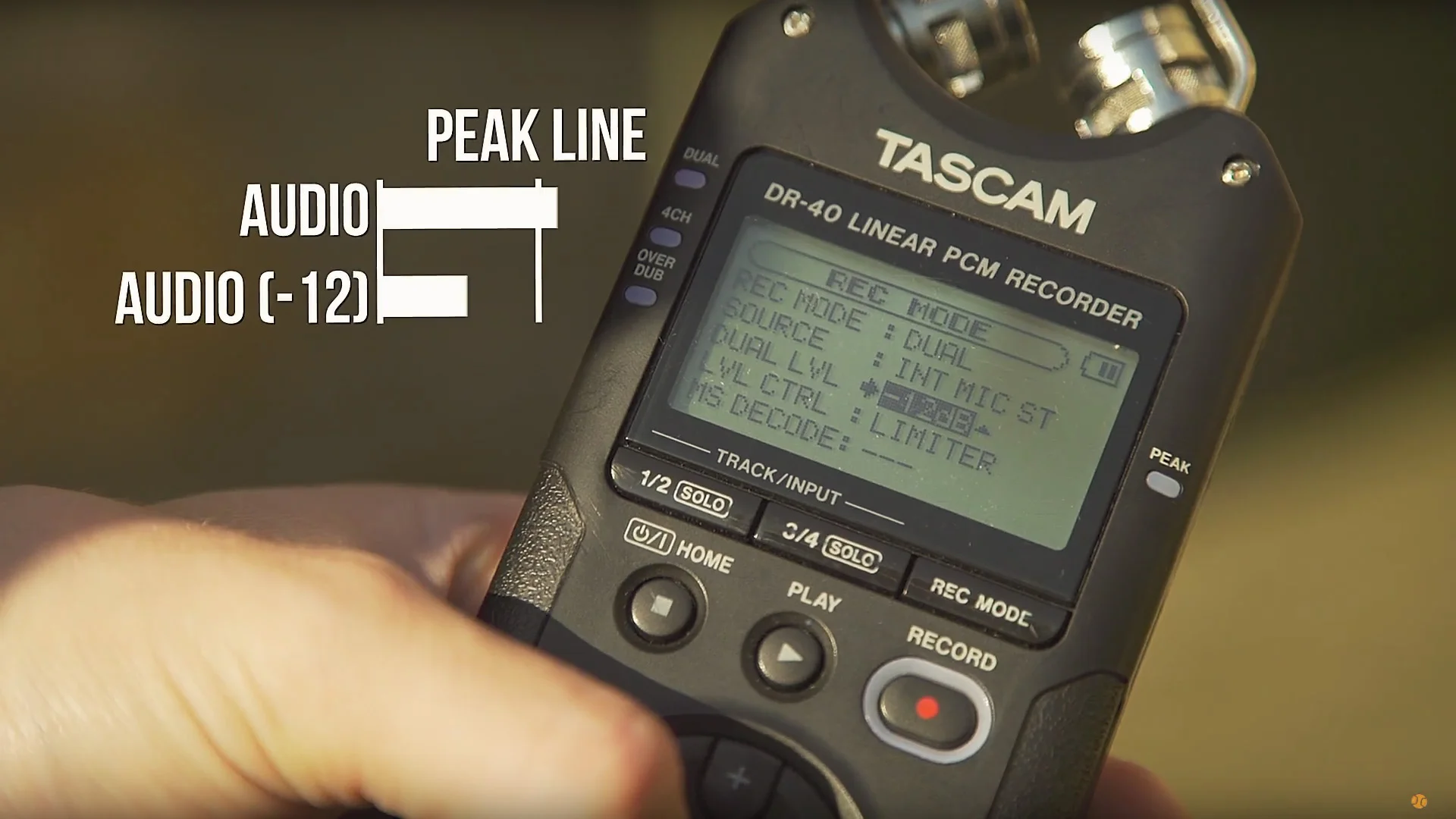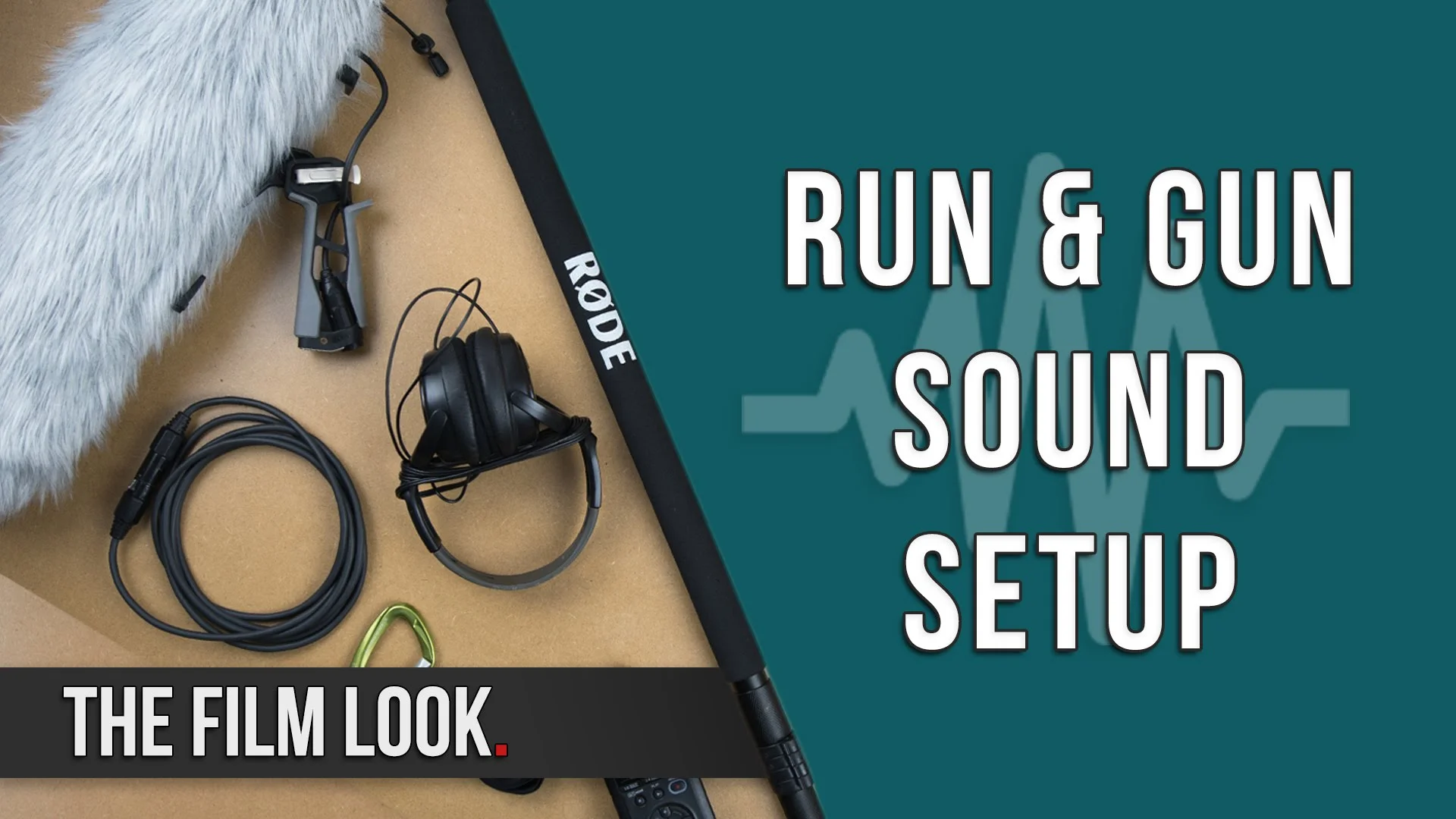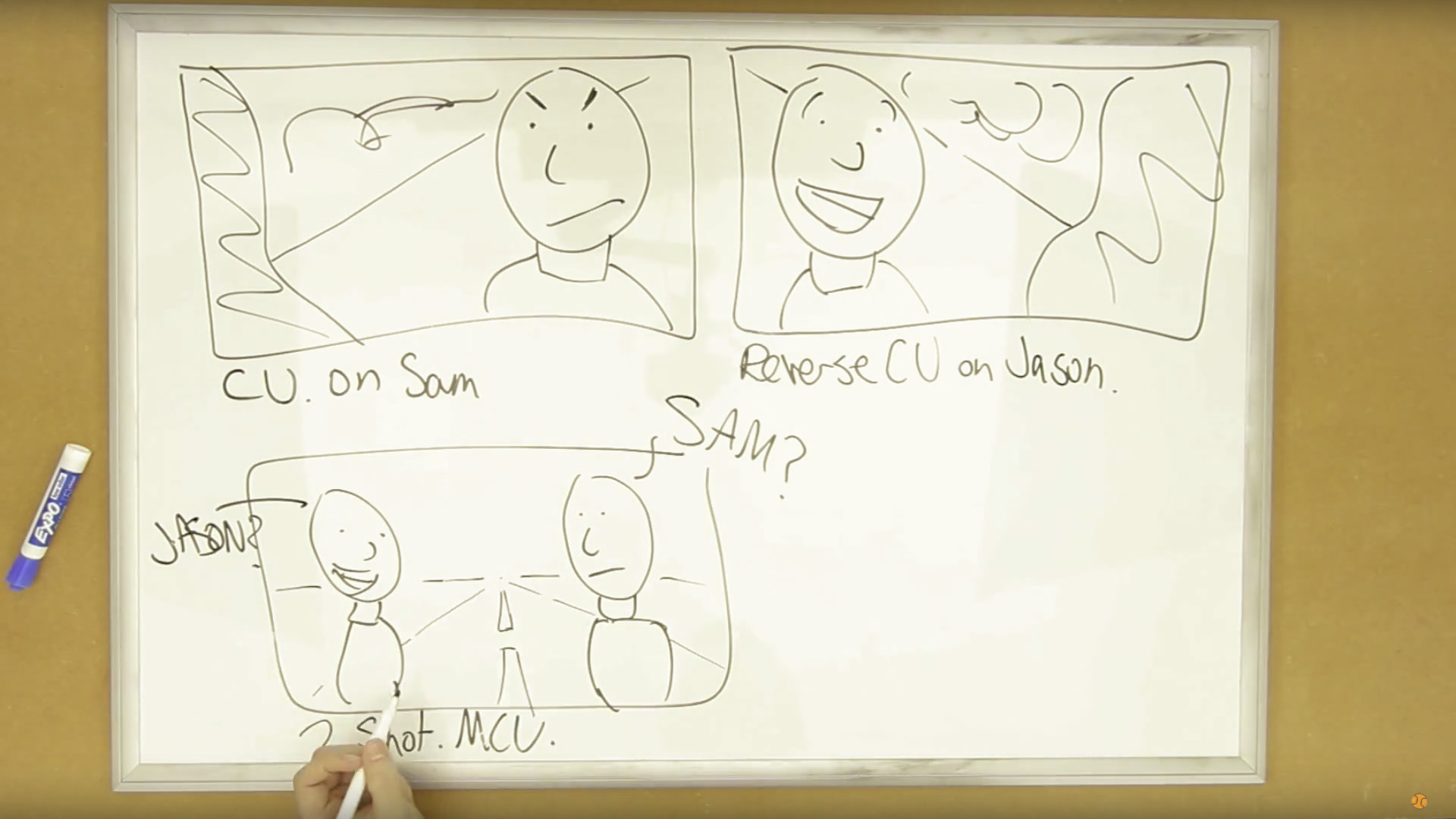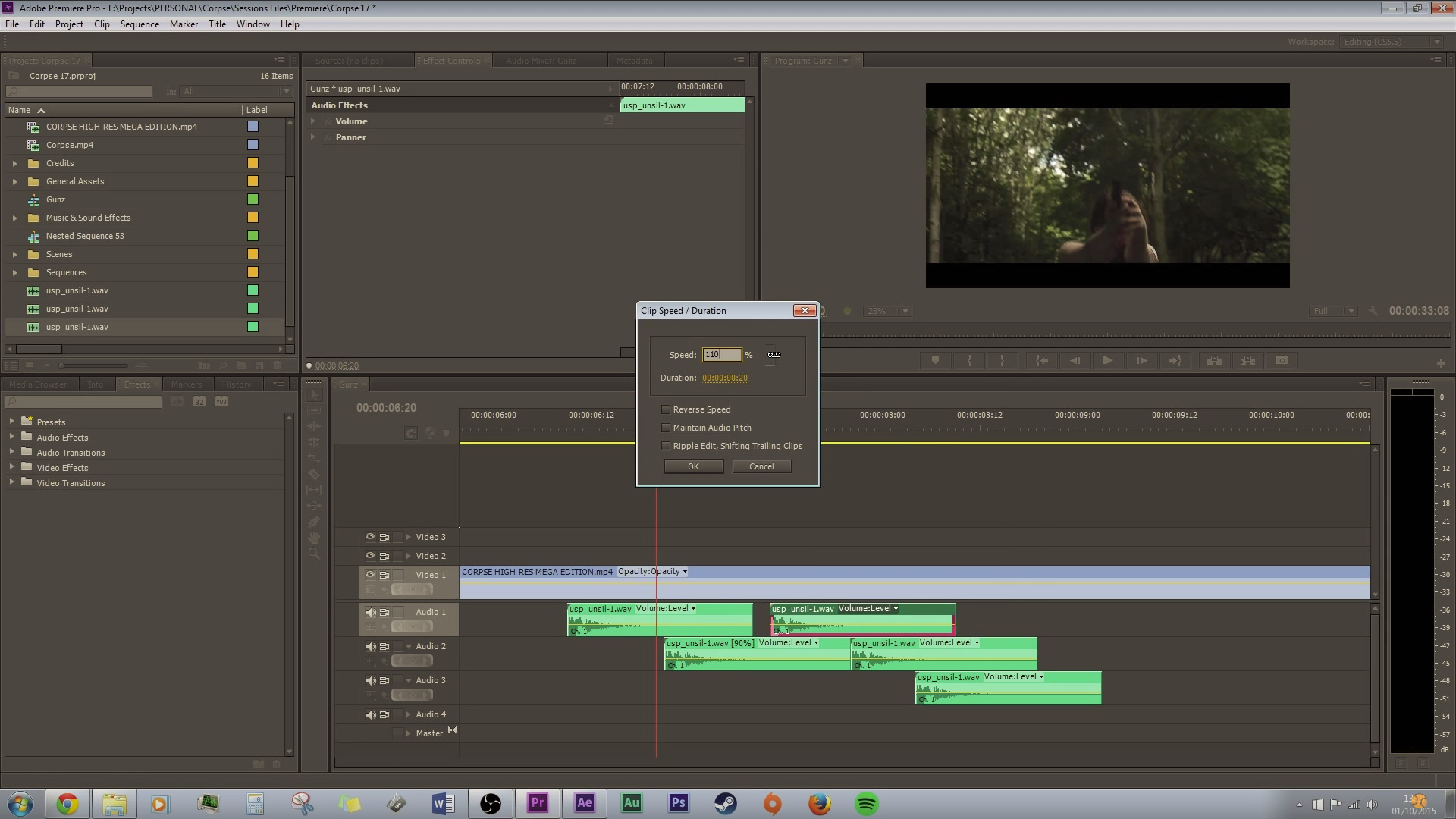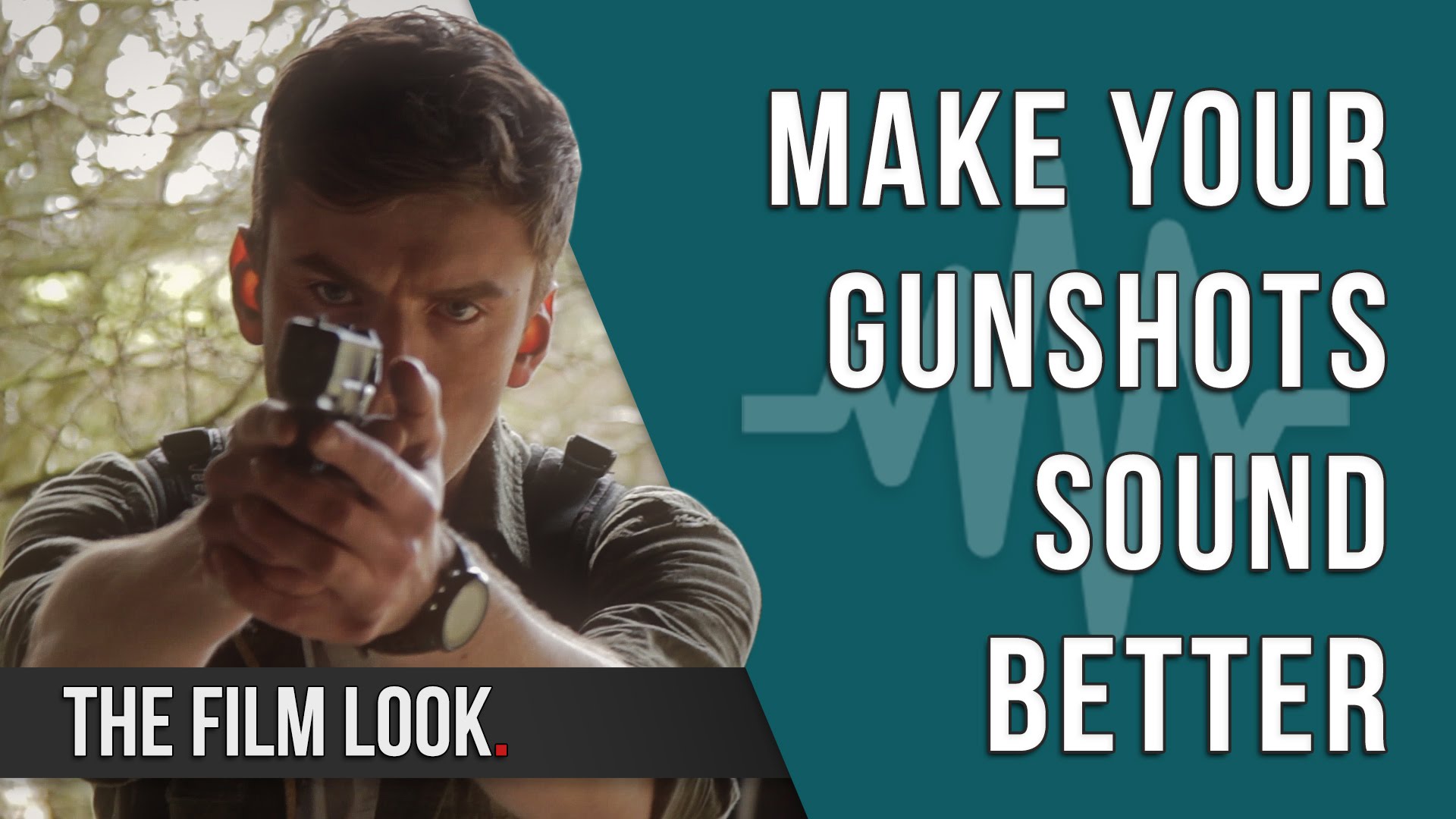For smaller cuts, a bruise isn't as necessary, but for bigger impacts it is essential.
The bruises I am adding today will resemble something a few days old.
A day old bruise will have tones of blue or purple because the swelling causes the oxygen to be cut off.
Start with a red base, patting and stippling. Then add darker colours, such as blues, purples and a touch of black, to give it more depth. Add yellow to the outsides of the bruised area to give it an aged look.
The skin around the eye is thin so it easily bruises. When the eye is injured, blood pools in the orbital bone below the eye. So the bruise is darkest across this bone.
Take a small amount of vasoline on your finger and dab it onto cheek bone, under the eye brow, and along the eye lid.
It's called a shiner for a reason.
Now it's time to add the bloody wounds.
Outline where you want your wound using the dark red paint as a base. Your blood will lie on top of the paint, so the size of the area will depend on your wound.
If it is a cut, a thin line is all you'll need. If it is a head wound, you'd use a larger area.
Using black paint, you can fill in the deepest part of the wound. Then, use some thick blood and cover the base and let it drip down the subject's face.
